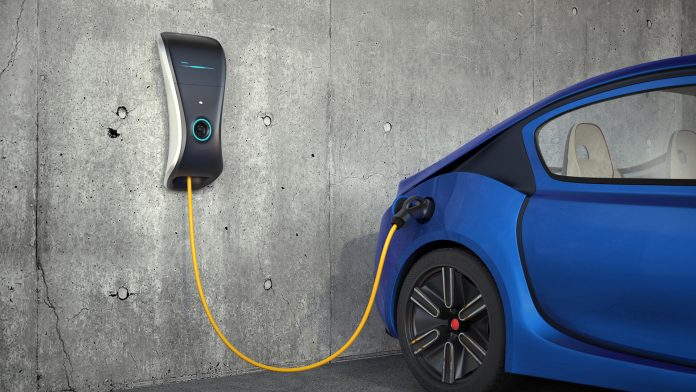The growing popularity of Electric Vehicles (EVs) has led to a surge in equipment needed to maintain the vehicles, such as EV charging systems.
Why are EVs gaining popularity?
The global demand for low emission and fuel-efficient vehicles, such as EVs, is increasing in demand, partly due to the rise in the price of petrol and diesel in recent years, but primarily because of the world’s necessity for sustainability.
An electrical charge is required for the vehicles to function, which means that as consumers have started to favour EVs, the necessity for charging equipment has instinctively increased. Some charging systems have basic features, while others have advanced features such as smart metering, cellular capability, and network connectivity.
Several electric component enterprises are developing advanced EV charging systems to meet the rising demand for EVs.
How essential are EV charging stations?
The local government currently subsidises EV charging stations supplied by electric utility companies in municipal parking locations or by private companies at retail shopping centres. Connectors are supplied that can function sufficiently and meet the variety of electric charging connector standards.
There are three main methods of EV charging stations – AC charge, DC charge, and trickle charge.
- Trickle charging is required when EVs require a little more power to run through the day. It utilises an AC plug with a dedicated circuit that can offer about five miles of range for every hour of charging. It has a standard three-prong, 220V plug, perfect for charging smaller vehicles;
- AC charging is considered the most common and easiest method of charging, as the EV is charged at the owner’s home. This system employs the charging point from the house network, which sends electricity to the vehicle’s batteries through a cable typically mounted to the side of the house. These stations charge through a 240V AC plug and provide approximately 10 to 20 miles of range for every hour of charging; and
- DC charging is the fastest method, as the electricity goes directly from the source to the vehicle by circumventing the converter. DC fast chargers provide up to 40 miles of range for every ten minutes of charging.
How long does it take for an EV battery to charge?
The charging time for an EV depends upon the size of the vehicle’s battery and the carport’s charging speed. Thus, the bigger the EV battery, the longer it will take to charge. It takes approximately four hours to fully charge a standard 30kWh EV battery. Additional factors that need to be considered regarding charging time are the EV range, charge rate, and the amount of time required to recharge— known as the dwell time.
How has the pandemic impacted EV distribution?
According to a report published by Allied Market Research, the EV charging system market size is anticipated to reach $42.6bn with a considerable CAGR from 2021 to 2030. The Asia-Pacific region is currently holding the highest market share, owing to government initiatives to support the adoption of EVs and decrease the emission of greenhouse gases.
However, the COVID-19 pandemic, and the subsequent lockdown, led to a halt in all EV manufacturing hubs. The pandemic also initiated travel and transport restrictions worldwide, which resulted in disruptions to the supply chain. Further factors created challenges for companies in the EV charging system market, such as unavailability of raw materials, rising raw material prices, and minimal labour force.
In relation to this, in the first half of 2020, the automotive industry faced a 5% reduction in sales during the pandemic; EV sales were considerably reduced on a global scale, which significantly impeded the growth of the worldwide EV charging system market.
How are different countries responding to this?
Following the reduction in sales due to the pandemic, governments of several economies like China, India, and Japan are focusing on EV policy-making, guaranteeing a better corporation, and smooth transition within the global automotive industry. According to an initiative started by Japan, known as the ‘Faster Adoption and Manufacturing of Hybrid and Electric Vehicles II’ (FAME), incentives will be extended to promote the local manufacturing of EVs.
The growing demand for more publicly accessible charging systems highlights a requirement for equipment that supports faster charging at higher currents and voltages, such as Tesla’s new ‘Supercharger,’ designed to work at a significantly higher charging speed.
Thus, the number of EV networks is increasing to provide a system of publicly accessible charging stations for EV recharging. For example, Canada has introduced more than 6,000 EV charging systems, including both Level 2 EV charging stations and DC fast EV charging stations. Therefore, the anticipated requisite for EV charging systems means that governments, automakers, and EV charging infrastructures focus on potential innovations in the EV charging system sector.









